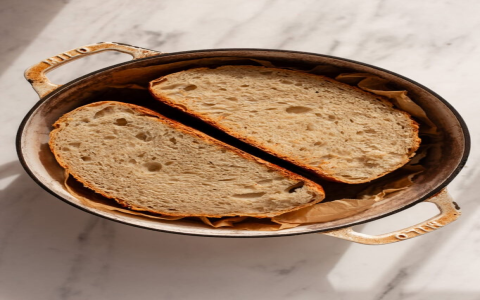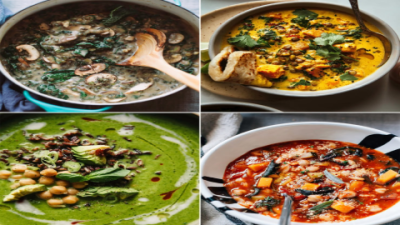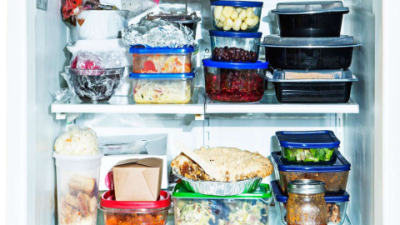Master the Art of Sourdough Starter San Francisco Style Today
If you’ve ever wandered through the fog-draped streets of San Francisco and caught a whiff of that unmistakable tangy bread, you know there’s nothing quite like a true San Francisco style sourdough. For many, the dream of baking a loaf with that iconic flavor starts with one thing: the sourdough starter. But what makes a “San Francisco style” starter so special? And how can you, in your own kitchen, master the magic that’s enchanted bakers for generations?
The Secret Life of San Francisco Sourdough
Let’s begin with a little time travel. Picture the Gold Rush era: miners huddled around campfires, clutching precious jars of wild yeast starter, sometimes even sleeping with them to keep them alive through the cold California nights. These miners, affectionately dubbed “sourdoughs,” helped cement the city’s legacy as the spiritual home of sourdough bread.
But it wasn’t just nostalgia or necessity. The unique climate of San Francisco—its cool, moist air and fog—created the perfect environment for a particular strain of bacteria, Lactobacillus sanfranciscensis, to thrive. This microbe, along with wild yeast, gives San Francisco sourdough its signature tang and complexity.
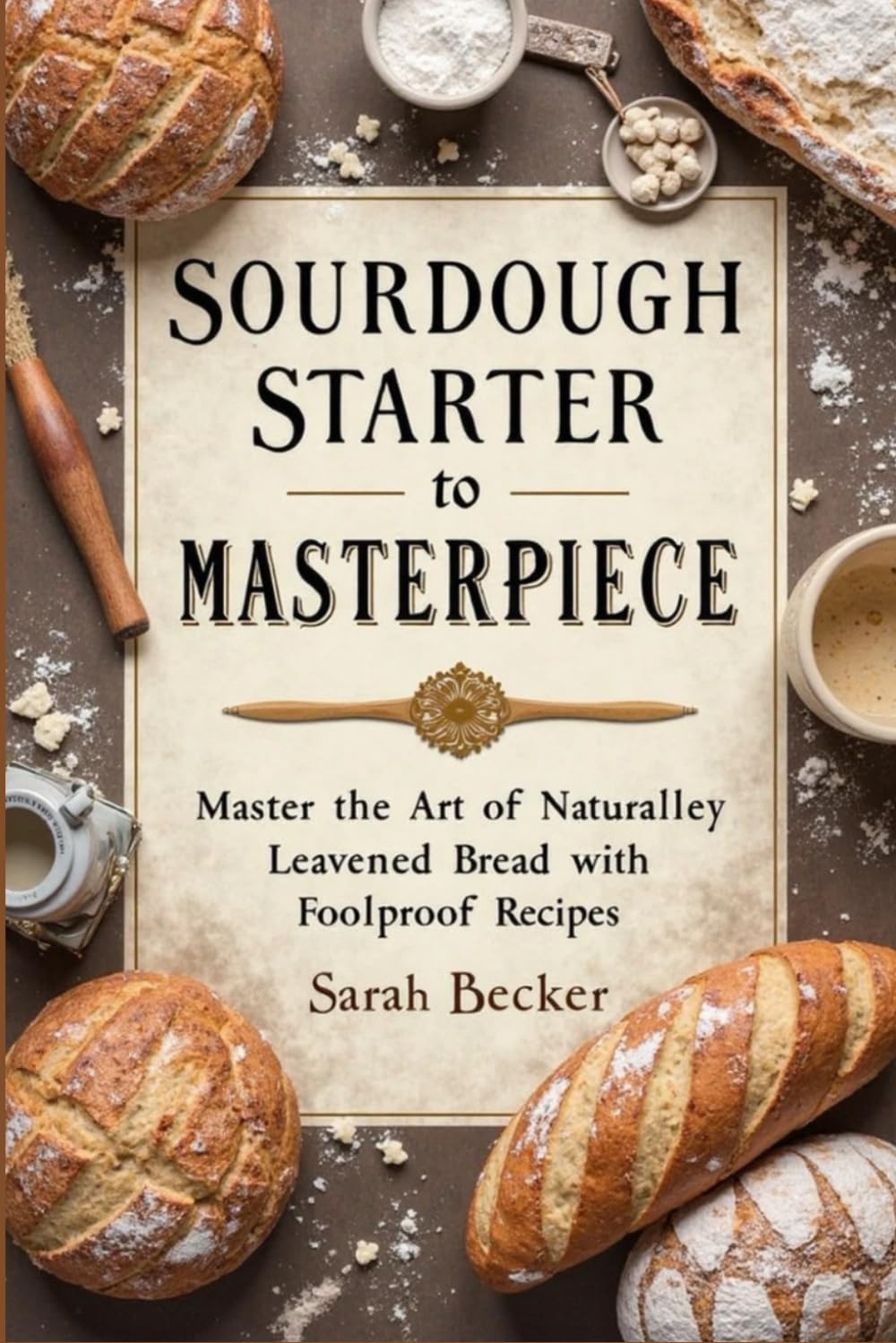
What Sets San Francisco Style Apart?
- Distinctive Tang: Thanks to the unique bacteria and fermentation process, the bread boasts a pronounced, yet balanced, sourness.
- Chewy Crumb & Crisp Crust: The texture is both hearty and satisfying, with a deep golden crust.
- Heritage: Many bakeries, like Boudin, still use starters that date back over years.
Building Your Own San Francisco Sourdough Starter
Ready to get your hands floury? Here’s a step-by-step guide to cultivating your own San Francisco style starter, inspired by the practices of legendary bakers and home enthusiasts alike:
Ingredients:
- Unbleached bread flour (or a mix with whole grain rye flour)
- Non-chlorinated water (tap or bottled, but not distilled)
Starter Recipe Table
| Day | Step | Ingredients | Notes |
|---|---|---|---|
| 1 | Mix | 126g bread flour, 83g water, 24g sourdough culture (or rye flour if starting from scratch) | Stir until combined. Cover loosely. |
| 2 | Feed | Remove half, add 1/ cup water, cup flour | Repeat every 12- hours |
| 3-7 | Continue | Repeat feeding process | Starter should become bubbly and tangy |
Tip: If you’re short on time, you can purchase a dried San Francisco starter online, but nurturing your own is deeply rewarding.
Starter Maintenance
- Feed your starter regularly (daily if kept at room temperature, weekly if refrigerated).
- Always discard half before feeding to keep the culture healthy and prevent overgrowth.
- Use glass or ceramic containers for storage; avoid metal, which can react with the acids.
From Starter to Loaf: The San Francisco Method
Once your starter is lively and fragrant, you’re ready to bake. The process is slow—sometimes spanning several days—but that’s the secret to developing that deep, tangy flavor San Francisco is famous for.
Classic San Francisco Sourdough Timeline
| Step | Time | Action |
|---|---|---|
| Starter Fermentation | hours | Let the starter ferment at room temperature |
| Cold Retard | 24- hours | Refrigerate starter to develop flavor |
| Mix & Knead | 15- minutes | Combine starter, water, flour, salt; knead |
| Bulk Fermentation | 1- hours | Rest, stretch, and fold dough |
| Final Proof | 2.5- hours | Shape and proof at room temperature |
| Bake | minutes | Bake at 235°C (455°F) |
Insider Tips for Tangy Success
- Long, cool fermentation is key. Cold proofing in the fridge for 12- hours intensifies the sour flavor.
- Use less starter for a tangier loaf—this forces the bacteria to work harder, producing more lactic and acetic acids.
- Don’t add commercial yeast or vinegar; the real magic is in patience and wild microbes.
Real Case: The Tale of Two Starters
Let’s meet Anna and Mike, two home bakers from different coasts. Anna, living in San Francisco, started her culture with local rye flour and water. Within a week, her kitchen was filled with the aroma of sour apples and yogurt—a sign of thriving wild yeast and bacteria. Her first loaf, after a 24-hour cold proof, had a crackling crust and a tang that danced on the tongue.
Mike, in New York, ordered a dried San Francisco starter online. He followed the feeding schedule religiously, but after a month, noticed the flavor was evolving. The tang mellowed, and the aroma became more floral. Why? The local environment had begun to influence the culture, a phenomenon every sourdough baker eventually discovers: your starter is alive, and it adapts to your home.
Both Anna and Mike found joy in the process, but Anna’s loaves retained that classic San Francisco zing, while Mike’s became a unique hybrid. The takeaway? Embrace the journey—your sourdough will always be uniquely yours.
San Francisco’s Sourdough Legends
No article on this topic would be complete without a nod to the city’s iconic bakeries. Boudin Bakery, founded in 1849, still uses a mother dough that survived the earthquake, thanks to the quick thinking of Louise Boudin, who rescued it from the flames. Tartine Bakery, with its cult following, is known for its perfectly blistered crusts and complex crumb, while Acme Bread and Josey Baker at The Mill continue to push the boundaries of the craft.
Locals and tourists alike queue for hours to buy fresh loaves, proof that the city’s love affair with sourdough is as strong as ever.
Frequently Asked Questions (FAQ)
- Can I make San Francisco style sourdough outside of San Francisco?
- Yes! While the city’s unique bacteria play a role, the key is in the process: long fermentation, regular feeding, and patience. Your starter will adapt to your environment, but you can still achieve that signature tang with the right technique.
- How do I know if my starter is ready to use?
- Your starter should be bubbly, double in size within 4- hours of feeding, and have a pleasant, slightly tangy aroma. If it smells off or develops mold, discard and start over.
- Why is my sourdough not sour enough?
- Try increasing the fermentation time, especially in the fridge. Use less starter in your dough, and make sure you’re not adding commercial yeast or vinegar, which can mask natural flavors.
- How do I store my starter?
- Keep it in a glass or ceramic container, loosely covered. If baking daily, leave it at room temperature and feed daily. For less frequent baking, refrigerate and feed weekly.
- Can I use tap water?
- Yes, as long as it’s not heavily chlorinated. If in doubt, use filtered or bottled water, but avoid distilled water which lacks minerals.
Quick Facts: San Francisco Sourdough Starter
| Fact | Detail |
|---|---|
| Key Microbe | Lactobacillus sanfranciscensis |
| First Famous Bakery | Boudin, founded 1849 |
| Classic Ingredients | Flour, water, salt (no commercial yeast) |
| Proofing Secret | Long, cool fermentation |
| Flavor Profile | Tangy, complex, chewy crumb |
Incremental Learning: Level Up Your Sourdough Game
- Start Simple: Master the basic starter and one classic loaf.
- Experiment: Try different flours, hydration levels, and fermentation times.
- Observe: Keep a baking journal—note changes in flavor, texture, and rise.
- Connect: Join online sourdough communities to share your journey and troubleshoot.
- Visit: If you can, make a pilgrimage to San Francisco’s bakeries for inspiration.
Final Thoughts
Baking a true San Francisco style sourdough starter is more than a recipe—it’s a living tradition, a science experiment, and a meditation all rolled into one. Each loaf tells a story, shaped by your hands and your environment.
So, whether you’re a seasoned baker or a curious newbie, remember: the journey is as delicious as the destination. Embrace the quirks, celebrate the successes (and the flops), and share your bread with friends and family.
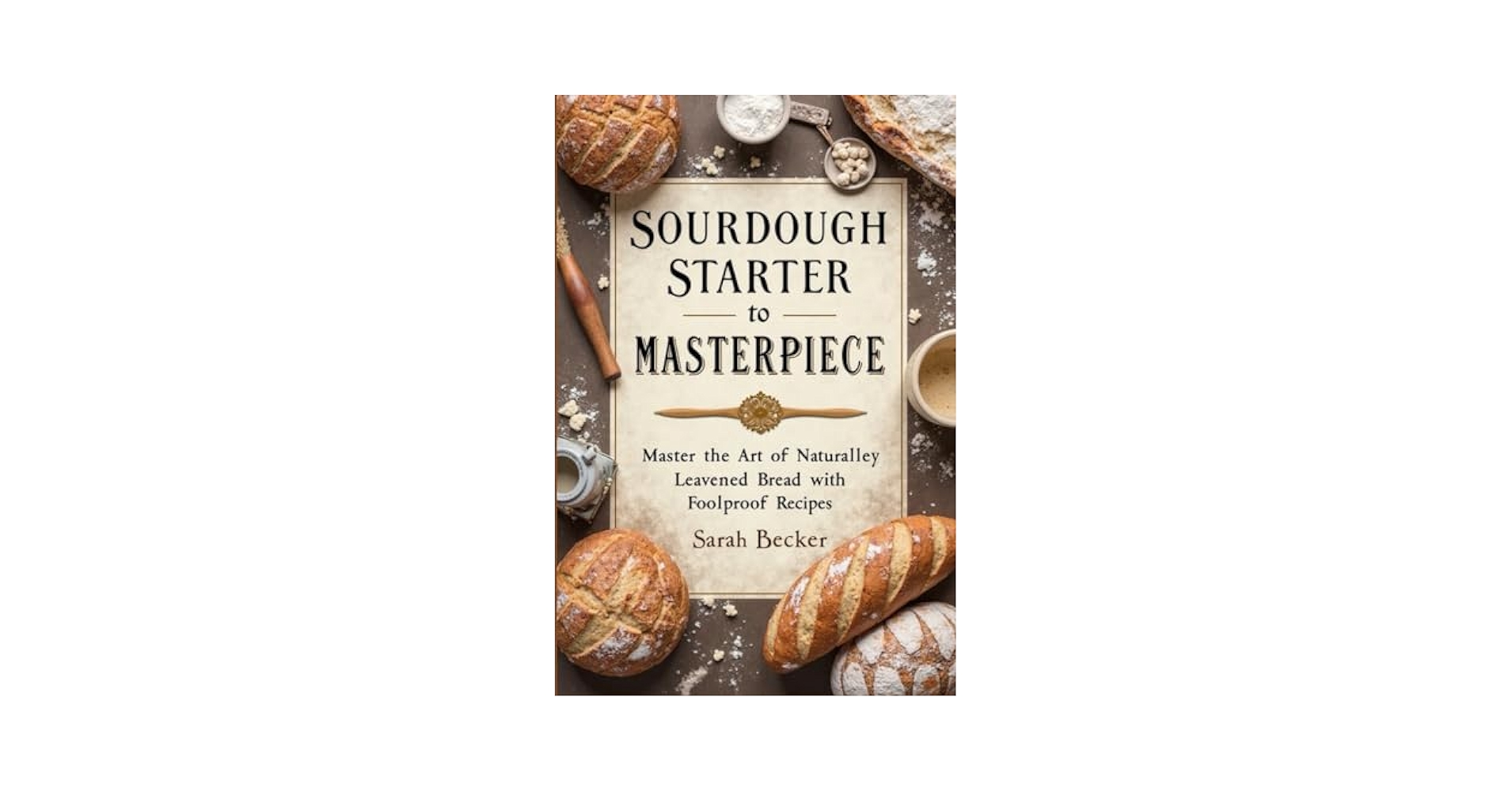
What About You?
Have you tried making a San Francisco style sourdough starter? What’s the most memorable loaf you’ve ever baked—or tasted? Share your story or tips in the comments below. Let’s keep the sourdough magic alive!
